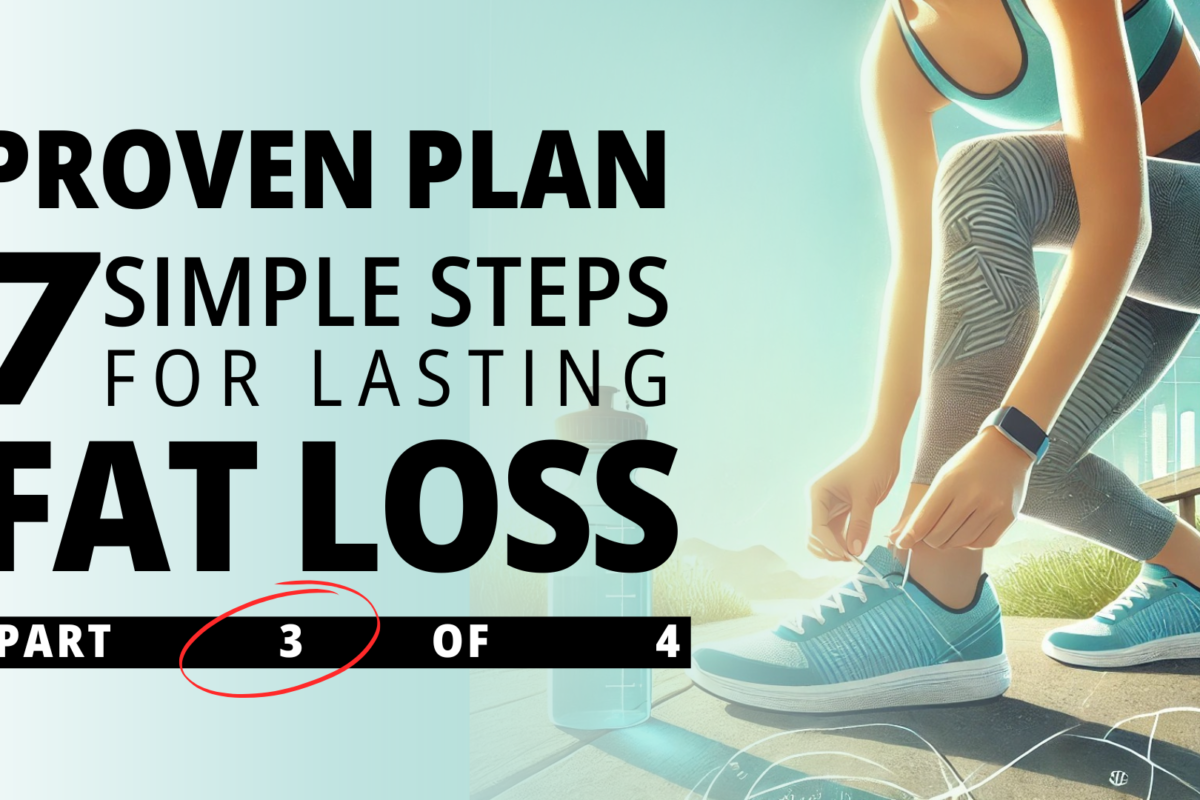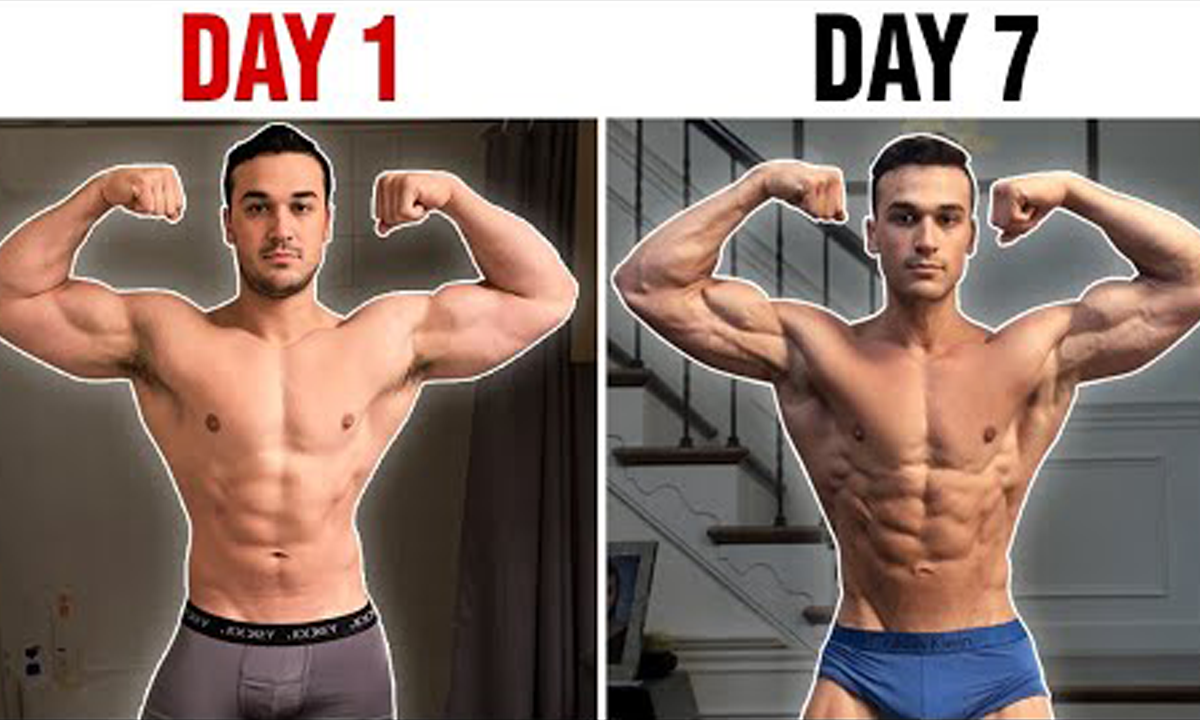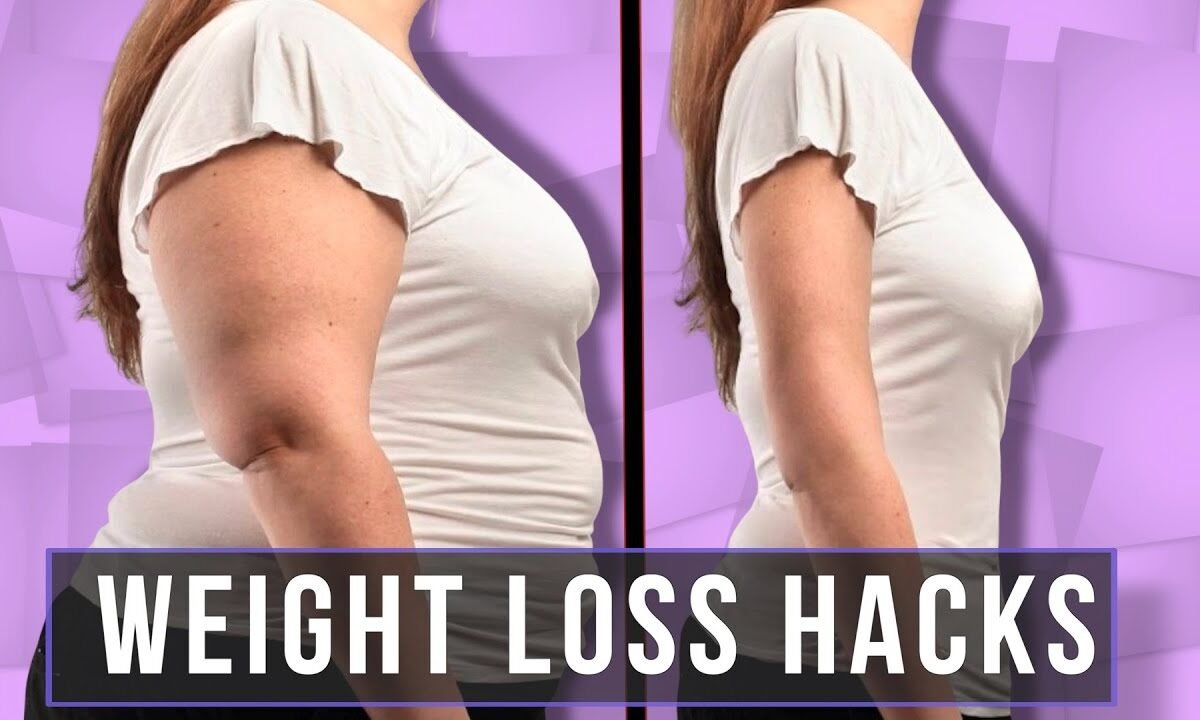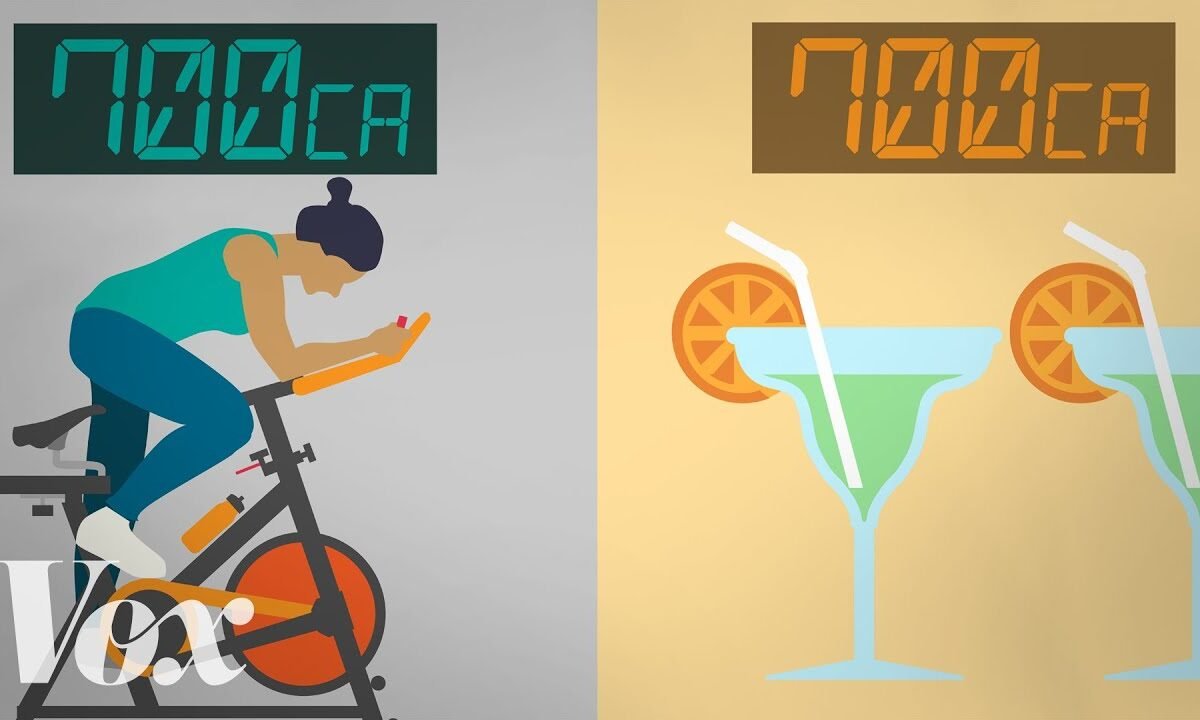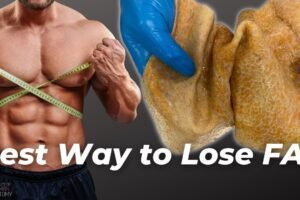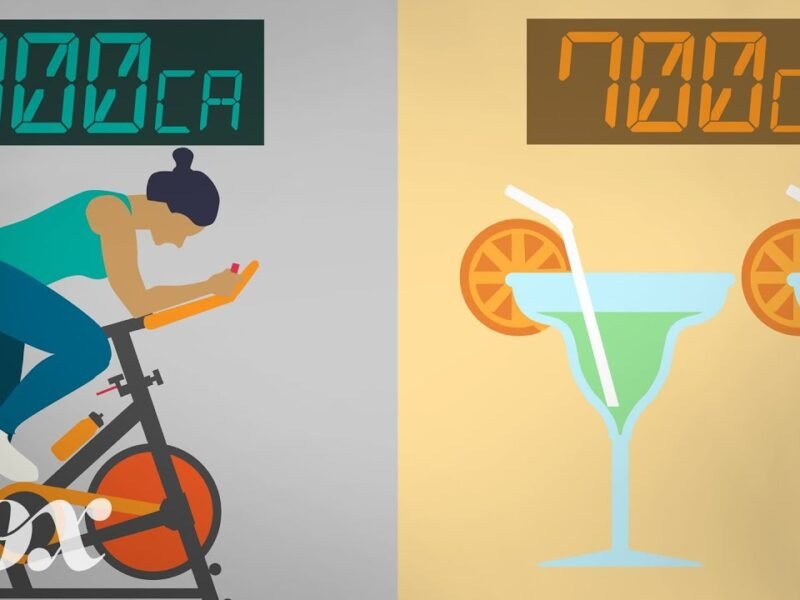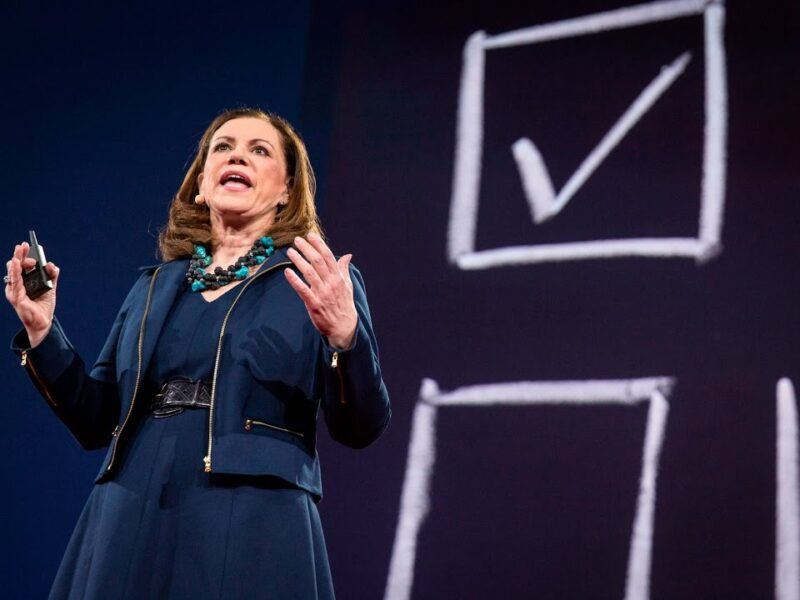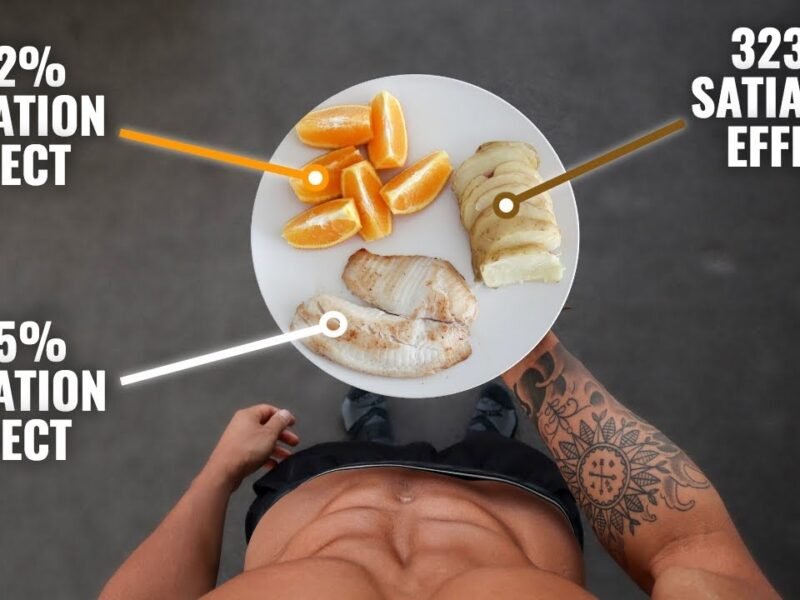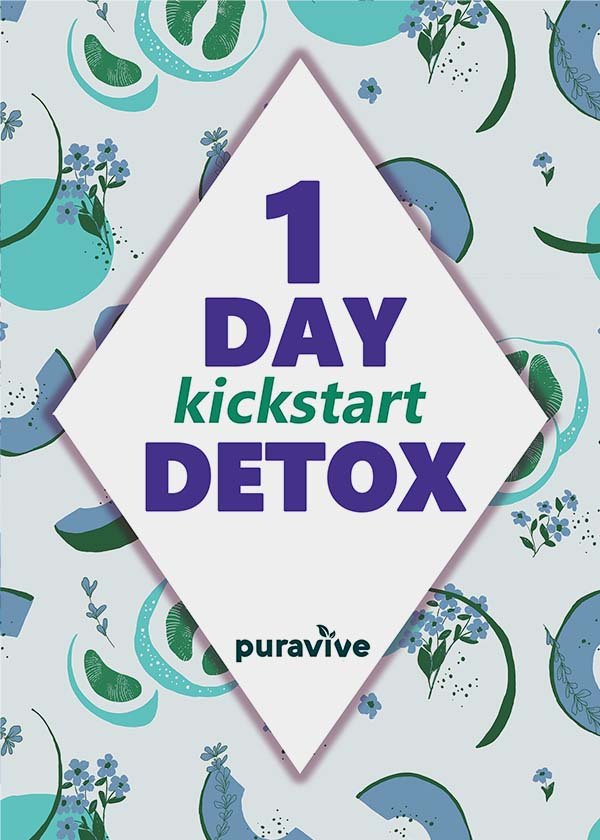The BEST Science-Based Meals For Fat Loss (3 Diet Hacks You Need To Make)
Effective Fat Loss Made Simple: 3 Science-Based Tips to Optimize Your Meals
Losing fat is challenging, and nutrition plays a pivotal role in achieving your goals. While exercise is crucial, the foods you consume—and the way you consume them—can make or break your fat-loss journey. Misleading information often complicates things, but in reality, fat loss comes down to just a few simple strategies. In this blog, we’ll explore three science-backed tips for structuring your meals to maximize fat loss and make staying in a calorie deficit easier than ever.
Understanding the Basics: The Role of a Calorie Deficit
To lose fat, you must maintain a calorie deficit—burning more calories than you consume. While no magical “fat-burning foods” exist, designing meals that keep you full longer and prevent overeating can significantly help you stay in that deficit. Research shows that hunger often increases as you lose fat, making it harder to maintain progress. A 2009 study revealed that rising hunger levels can lead to consuming more calories subconsciously, halting fat loss. Therefore, building meals with high satiety and strategic calorie density is key.
Tip 1: Incorporate High-Satiety Foods into Your Diet
Some foods are naturally more satiating, meaning they help you feel full for longer without adding unnecessary calories. A classic 1995 study from the University of Sydney analyzed 38 foods’ effects on hunger and revealed the most filling options:
- Highly Satiating Foods: Popcorn, oats, fish, potatoes, apples, and oranges.
Simple Swaps for Better Satiety:
- Breakfast: Replace sugary cereals with oats, which are 45% more satiating.
- Main Meals: Swap white rice or pasta for boiled or baked potatoes, offering 57–63% greater satiety.
- Snacks: Opt for high-satiety fruits like apples and oranges instead of calorie-dense chips or cookies.
By making these substitutions, you’ll feel fuller for longer, making it easier to stick to your calorie deficit.
Tip 2: Prioritize High-Volume, Low-Calorie Foods
The volume of food in your stomach signals fullness to your brain. By choosing foods that are high in volume but low in calorie density, you can fill your stomach without consuming excessive calories.
Examples of High-Volume Foods:
- Vegetables
- Fruits
- Air-popped popcorn
- Broth-based soups
- Potatoes
A study in the Journal of Clinical Nutrition demonstrated that replacing some pasta with vegetables reduced calories and increased satisfaction after meals. For instance, 100 calories of air-popped popcorn provide significantly more volume and fullness than 100 calories of chips or bread.
Pro Tip: Add a serving of vegetables to every meal. Not only do they boost volume and satiety, but they also contribute essential nutrients.
Tip 3: Boost the Protein Content of Your Meals
Protein is the most satiating macronutrient and plays a critical role in fat loss by keeping you full and reducing overall calorie intake. Research from the University of Washington found that increasing protein intake from 15% to 30% of daily calories reduced hunger and led to an average reduction of 500 calories per day. Over 12 weeks, this change resulted in an average fat loss of 8 pounds.
Protein Guidelines:
- Aim for 0.4 grams of protein per kilogram of body weight per meal.
- Include high-quality protein sources in every meal, such as:
- Chicken
- Fish
- Eggs
- Greek yogurt
- Whey protein powder
Even a small 5% increase in protein intake can significantly improve satiety and support fat loss.
Practical Meal Ideas for Fat Loss
Now that you know the key strategies, here’s how to put them into action:
Breakfast
- Meal: Oats with whey protein powder and strawberries.
- Why It Works: Oats are highly satiating, strawberries add volume with minimal calories, and protein powder increases satiety.
Lunch/Dinner
- Meal: Boiled potatoes, grilled fish, and steamed vegetables.
- Why It Works: Potatoes are the most satiating food studied, fish provides high-quality protein, and vegetables add volume to keep you full.
Snacks
- Options: Air-popped popcorn, apples, and oranges.
- Why It Works: These options are low in calories but high in volume and satiety.
Why These Tips Work
The strategies shared here—prioritizing satiety, increasing food volume, and boosting protein—work synergistically to help you maintain a calorie deficit without feeling deprived. These simple changes can drastically improve your fat loss results and make the process feel more manageable.
Take Action Today
Remember, small tweaks in your meal structure can lead to big results. Start by implementing these tips into your daily routine and observe how they impact your hunger levels and fat loss progress. And if you’re looking for a more personalized fat loss plan, consider programs like Build with Science, which provide tailored meal plans and guidance to make your journey as smooth as possible.







